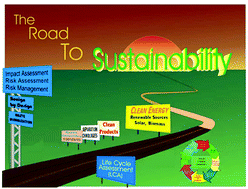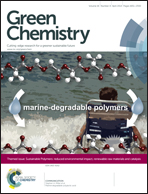Journey on greener pathways: from the use of alternate energy inputs and benign reaction media to sustainable applications of nano-catalysts in synthesis and environmental remediation
Abstract
Sustainable synthetic processes developed during the past two decades involving the use of alternate energy inputs and greener reaction media are summarized. These processes include examples of coupling reactions, the synthesis of heterocyclic compounds, and a variety of reactions catalyzed by basic water or recyclable and reusable magnetic nano-catalysts in aqueous media or polyethylene glycol (PEG) using microwave (MW) irradiation or mechanochemical mixing. Micropine-structured catalysts, magnetic nanoferrites and their synthetic modifications with ligands, and decoration with other nano-metals serve as sustainable nano-catalysts in eco-friendly media. Titanium dioxide (TiO2) can be doped with metal (Ag) and nonmetal atoms such as sulfur (S), nitrogen (N) and carbon (C) to enhance its activity in visible light. These strategic approaches attempt to fulfill most of the Green Chemistry Principles in a comprehensive manner and aim to generate sustainable functional chemicals that may find large-scale use with significant waste minimization.

- This article is part of the themed collection: 15 Years of Green Chemistry

 Please wait while we load your content...
Please wait while we load your content...